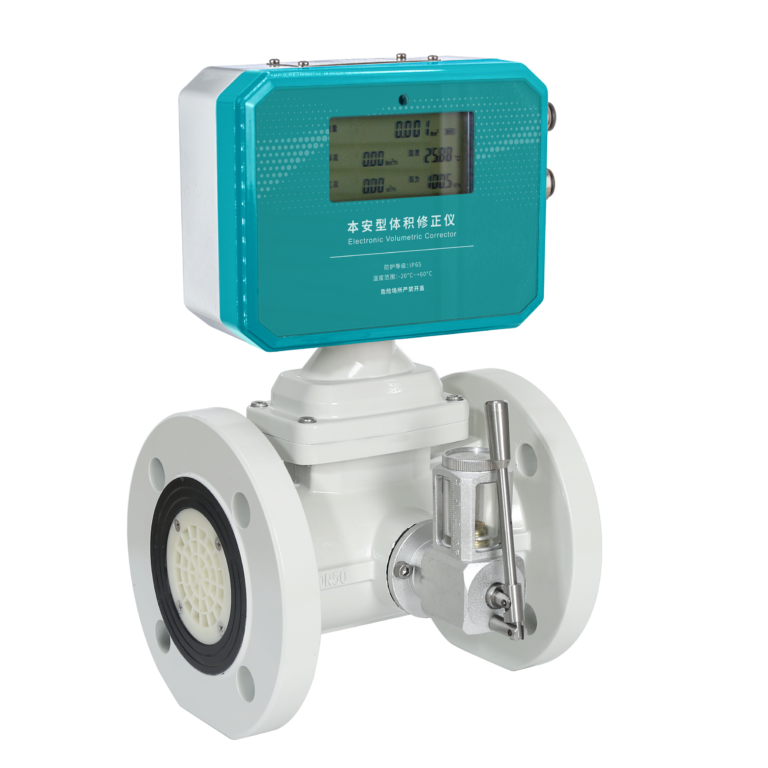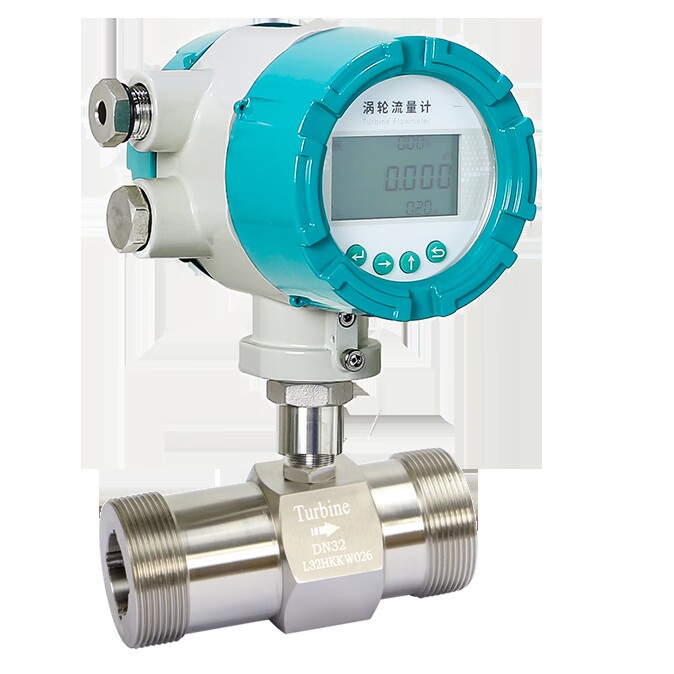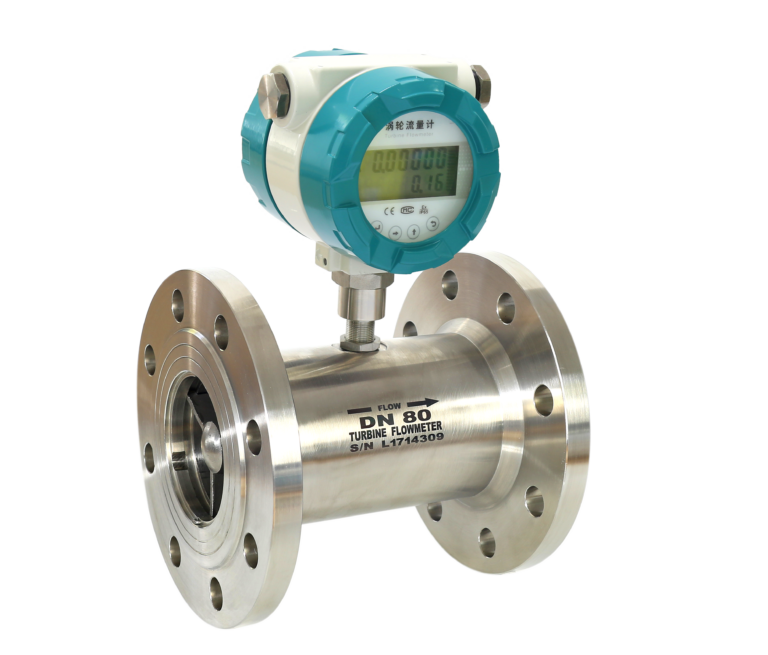Turbine flow meters are widely used in various industries for their accuracy and reliability in measuring the flow of liquids and gases. However, choosing the right turbine flow meter for a specific application requires a thorough understanding of the factors that can influence its performance. This article outlines the critical aspects to consider when selecting a turbine flow meter.
1. Understand the Properties of the Fluid
The first step in selecting a turbine flow meter is to understand the physical and chemical properties of the fluid to be measured. Key considerations include:
- Viscosity: Turbine flow meters are best suited for low-viscosity fluids, such as water, gasoline, and light oils. High-viscosity fluids may reduce the accuracy and responsiveness of the meter.
- Cleanliness: Fluids with solid particles or debris can damage the turbine blades. In such cases, a filter should be installed upstream to protect the flow meter.
- Corrosiveness: Ensure the materials used in the flow meter, such as the turbine and housing, are compatible with the fluid to prevent corrosion or chemical reactions.

2. Define the Flow Range
Selecting a turbine flow meter with the appropriate flow range is essential for accurate measurements. Each flow meter has a specified minimum and maximum flow rate. Operating the meter outside this range can lead to errors or damage. Consider the following:
- Ensure that the typical operating flow rate falls within the middle range of the meter’s capacity for optimal performance.
- Account for potential variations in flow rate due to system demands or environmental changes.
3. Consider Temperature and Pressure Conditions
Temperature and pressure are critical factors that can impact the operation of a turbine flow meter:
- Temperature: Confirm that the fluid temperature is within the flow meter’s specified operating range. High temperatures may affect the bearings or other internal components.
- Pressure: Verify that the meter can withstand the system’s maximum operating pressure without risk of leakage or failure.
4. Evaluate Installation Requirements
Proper installation is crucial for the accurate operation of a turbine flow meter. Pay attention to the following:
- Straight Pipe Length: Turbine flow meters require sufficient upstream and downstream straight pipe lengths to ensure stable and laminar flow. A typical recommendation is 10 diameters of straight pipe upstream and 5 diameters downstream.
- Orientation: Follow the manufacturer’s guidelines for installing the meter horizontally or vertically, depending on the specific design.
- Environmental Conditions: Ensure the installation environment is free from excessive vibration, extreme temperatures, or electromagnetic interference that could impact performance.

5. Material Compatibility
The wetted parts of the turbine flow meter, such as the turbine, shaft, and housing, must be compatible with the fluid to avoid wear and corrosion. Common materials include stainless steel, aluminum, and certain plastics. The choice of material depends on the fluid’s chemical composition and operating conditions.
6. Accuracy and Repeatability
Turbine flow meters offer high accuracy and repeatability, but the exact specifications vary by model and manufacturer. Consider the required accuracy level for your application. For critical processes, choose a flow meter with a high accuracy rating (e.g., ±0.5%).
7. Maintenance and Durability
Turbine flow meters have moving parts that may require periodic maintenance. When selecting a meter:
- Look for designs with durable bearings and minimal wear components to reduce maintenance frequency.
- Ensure easy access for cleaning and part replacement, especially if the meter is used in systems prone to fouling or debris.
8. Output and Integration
Modern turbine flow meters often include electronic output capabilities for data logging and integration with control systems. Ensure the selected meter is compatible with your system’s communication protocols, such as 4-20mA, pulse output, or MODBUS.

Conclusion
Selecting the right turbine flow meter involves evaluating the fluid properties, system requirements, and environmental conditions. By considering factors such as flow range, material compatibility, and installation guidelines, you can ensure reliable and accurate performance. Proper selection and maintenance of turbine flow meters not only improve process efficiency but also extend the lifespan of the equipment.
